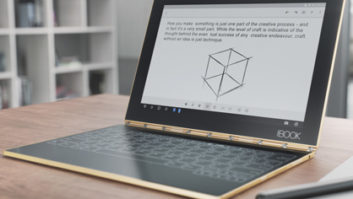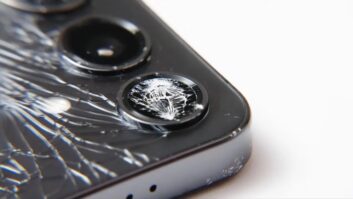
Mobile is quickly replacing the PC as the preferred means of connecting to the Internet, and the variety and convenience of mobile apps have created a new way of living — anything, anywhere, anytime. The smartphone has played in a huge role in enabling this lifestyle. Parks Associates’ 2014 survey of U.S. broadband households reveals more households now have a smartphone than a desktop PC.
Smartphone penetration is reaching saturation levels in the United States, and trends in other mature markets such as Western Europe and parts of Asia and Pacific are similar. While the growth in smartphone sales may be slowing, the emerging markets of Asia, Africa, and Latin America represent a new wave of consumers who are ready to embrace the convenience and connectivity offered by smartphones. Parks Associates forecasts that global smartphone users will climb from 1.7 billion in 2013 to 3.9 billion in 2018, an annual growth rate of 18 percent. This growth represents a huge opportunity for smartphone vendors, mobile carriers, app developers, mobile marketers and advertisers, and a whole range of service providers whose business models are built around mobile devices such as smartphones and tablets.
As smartphones move to the center of consumers’ digital lives, they are not only disrupting the personal computing space but are also serving as a digital bridge for a host of technological innovations that can leverage the device’s mobility and ubiquitous connectivity to deliver an ever-increasing range of services to the consumer.
For example, the smartphone is playing a key role in the recent growth in wearable technology products such as smart watches, fitness tracking devices and smart glasses by providing the following:
• Display/User Interface: Smartphone screens act as a convenient means for users to interact with apps and peripheral devices.
• Processing Power: The majority of current wearable devices take advantage of the processing power provided by the smartphone for services such as analyzing and displaying data collected by the sensors in the wearable devices.
• Software (applications): The smartphone apps extend the functionality of the wearable devices by bringing together the sensor data and the processing power of the smartphone.
• Sensors: The sensors built into the modern smartphones enable a range of services such as navigation, location, and imaging.
• Connectivity: Smartphones connect with peripheral wearable devices using technologies such as Wi-Fi, Bluetooth and NFC to transmit data between the devices and smartphones. Smartphones enable the wearable devices to connect to the Cloud and Internet to synch data and access information that powers supplementary services.
As noted, the popularity of the smartphone has helped drive consumer interest and adoption of other mobile devices and solutions. Already, 4 percent of U.S. broadband households own a smart watch, and another 4 percent are highly likely to purchase one in the next 12 months, according to Parks Associates consumer research.
The smartphone is also opening up new ways for businesses to reach and interact with their consumers and potentially increase revenues. Technologies such as proximity marketing allow businesses and marketers to sense the location of consumers for the purpose of sending special offers, coupons, product information, and navigation information. Proximity marketing is valuable because it allows engagement with consumers at meaningful points in the purchase process, such as near store entrances, next to target product lines, or close to checkout stations.
In this context, the smartphone becomes an integral element of the digital marketing strategy of any business. Most smartphones sold in the past two years are Bluetooth Smart ready — and nearly 50 percent of U.S. smartphone owners began using one for the first time within the last two years — so the majority of devices in use today are equipped to deliver on this significant revenue-generating potential.
The combination of market saturation and ongoing innovations in mobile technologies has locked smartphone manufacturers in a race to offer the most appealing features in their latest models. They are adding sensors and processing power to their phones in order to gain any edge on their competitors. It is vital for these features to be designed in a way that they provide a truly unique and enhanced experience to the users. Otherwise, consumers will dismiss these features as mere marketing gimmicks.
Parks Associates will examine the impact of mobility on the wearable computer market at Connections: The Premier Connected Home Conference, May 13-15 in San Francisco.
Tejas Mehta is a research analyst at Parks Associates.











